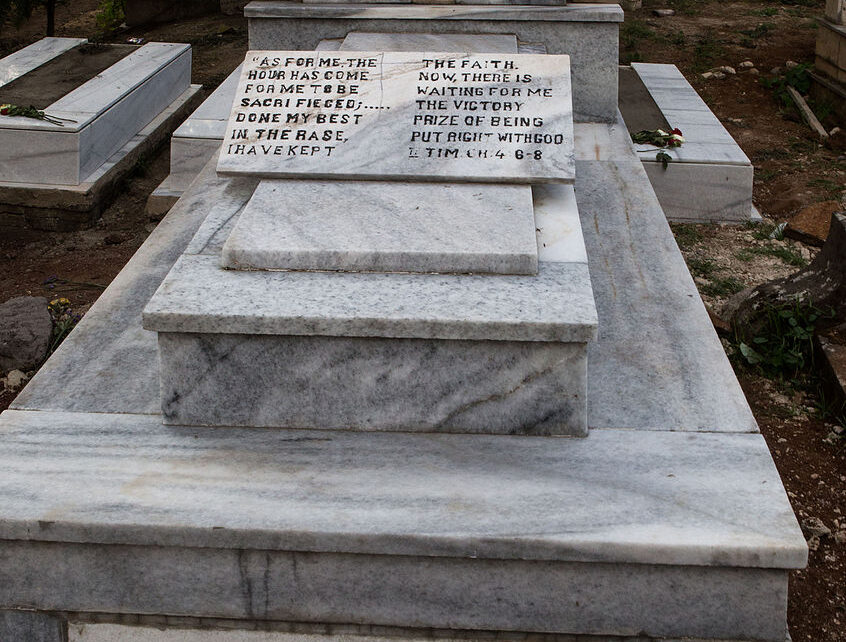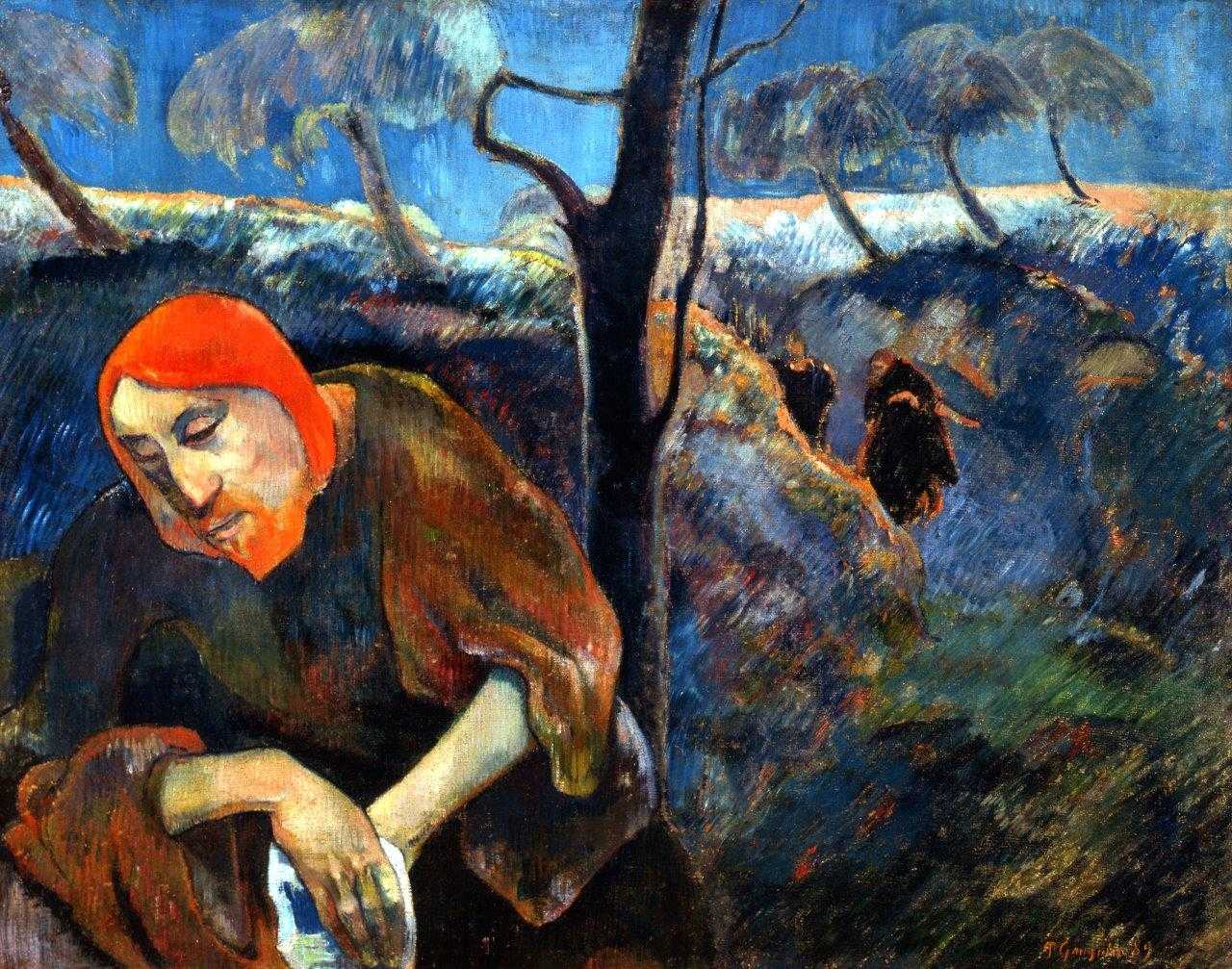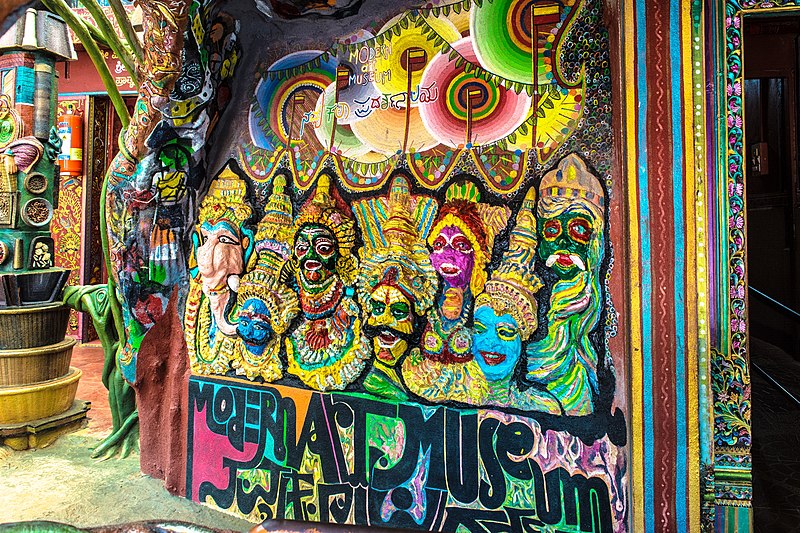The following is the first of a three-part series.
The Ethiopian Evangelical Church Mekane Yesus: Simultaneously Western and Indigenous
Even though the Ethiopian Evangelical Church Mekane Yesus has a Lutheran background embedded in the Western context, I argue that the EECMY is both Western and an indigenous Ethiopian church. Fekadu Gurmessa, in Evangelical Faith Movement in Ethiopia, argues that the mission organizations and the missionaries who attempted to come to Ethiopia did not intend to evangelize Ethiopians. Their goal was to reform the Ethiopian Orthodox Church so that both the Ethiopian and the Western churches could work together to reach the unreached people in Ethiopia and other parts of Africa. The Western churches believed that the Eastern churches,1 including the Ethiopian Orthodox Church, compromised the pure gospel of Jesus Christ.
In Ethiopia, Christianity is syncretized with African religion and Judaism, so the missionaries attempted to enter Ethiopia to renew the church through Western reformation and counter-reformation practices and belief systems. Gurmessa writes:
The missionaries were particularly concerned that the EOC was teaching the erroneous belief that human effort rather than faith in Christ was sufficient for salvation. Instead they sought to teach that fasting, veneration of Mary and the Saints, prostrating before religious images, and other rituals were inappropriate and insufficient practices to salvation.2
From the 16th to 18th century many European Protestant and Catholic missionaries entered Ethiopia; however, they were not successful, because the Ethiopian emperors’ interest towards the missionaries was to get material, not religious, support. Due to their inability to reform the EOC, the missionaries changed their mission strategy from renewing the EOC to evangelizing the Oromo people who were not Christian. Gurmessa writes, “What led to the shift to the evangelization of the Oromo was the failure of revitalizing the Ethiopian Church.”3
The missionaries hoped that the Ethiopian emperors who resisted being evangelized or reformed could use their help to evangelize the unevangelized people in Ethiopia’s western and southern parts. However, the Ethiopian emperors refused to accept the missionaries’ invitation to evangelize the Oromos.4 Gurmessa quotes Emperor Yohannes I, who criticized the missionaries for their attempt to reform the Ethiopian church: “Go and convert first the Muslim Egyptians and the Turks instead of coming to Abyssinia where we are all Christians.”5
Though the missionaries were not able to penetrate the Ethiopian borders and emperors, they wereable to stay in Eritrea, which was under the colony of the Ottoman Empire and, later, the Italians. Gurmessa writes, “Despite the setback to the primary objective of evangelizing the Oromo, the SEM [Swedish Evangelical Mission] missionaries were able to make considerable ports in converting the people around their mission station at Massawa.”6
After trying for a long time, the Swedish Evangelical Mission was able to send missionaries from the station in Massawa, Eritrea. The missionaries who were sent from the SEM Eritrean station were Eritreans and freed Oromo slaves who became converted to Evangelical Christianity. The converted Eritreans and Oromos led the mission initiative to evangelize the Oromo people, which opened the door for the missionaries to enter the western and southern parts of Ethiopia.7
At the same time, Emperor Haile Selassie was known for permitting missionaries to work in Ethiopia. He wanted to support the missionaries’ work due to their focus on medical care and literacy. The missionaries also believed that literacy work would lead the people to the truth of Jesus Christ, so they worked according to the emperor’s policy. Before the Italian occupation of Ethiopia, Evangelical Christianity was growing, and there were more than ten mission societies in Ethiopia. When Italians occupied Ethiopia, the missionaries left Ethiopia.
However, the mission and evangelical work that the missionaries started was not in vain. Gurmessa writes, “During the five years of Italian occupation, the method of chain- reaction evangelism matured, led by the indigenous evangelists who took over the work of the evangelical enterprise.”8 After the Italians left Ethiopia, the evangelicals in Ethiopia believed that coming together and creating a council was necessary, so they met in 1944 to build a unified church in Ethiopia. After the emperor came back from exile, the missionaries also returned to Ethiopia. So, Gurmessa argues that the return of the former missionaries impacted the Ethiopian Evangelical Churches Council (EECC) which was working toward creating a unified evangelical church in Ethiopia.9
Because the missionaries’ original target was to reform the Ethiopian Orthodox Church, they failed to realize that the converted Ethiopian evangelicals aimed to create their own Ethiopian evangelical church. So, according to Gurmessa, indigenous evangelical Christians forced the missionaries to change their view towards the Ethiopian Orthodox Church. After the post-war era, most mission societies changed their perspective toward the EOC. Despite the indigenous evangelicals’ interest in establishing a United Ethiopian Evangelical Church, the mission societies organized evangelical Christians based on their doctrinal teachings.
Gurmessa writes:
The story of the CEEC is a vivid reminder that the original vision of the local evangelical leaders was the formation of a national evangelical church that included all Ethiopian evangelical Christians regardless of the denominational differences of the expatriate missionaries among them.10
On the other hand, the Lutheran World Federation focused on empowering Lutheran churches and believers worldwide. LWF invited the Evangelical Mekane Yesus congregation in Addis Ababa to attend the African LWF, which prepared its first all- African conference in 1955 in Marangu, Tanganykia (Tanzania). The Evangelical Church Mekane Yesus in Addis Ababa was not viewed to be made up of confessional believers under an organized Lutheran church, but they were considered to be Lutheran due to their connection with SEM and GHLM missions.11 After the African LWF meeting, the Addis Ababa Mekane Yesus congregational leaders were empowered to establish a national Lutheran church in Ethiopia. Gurmessa writes, “Thus, the All-Africa Lutheran Conference spurred Ethiopian evangelicals to pursue the goal of establishing a national evangelical church based on Lutheran confession.”12
The Lutheran, Baptist, and Presbyterian congregations were willing to come together and create one evangelical church in Ethiopia; however, they could not come to a consensus on one confession of faith. For this reason, the Ethiopian evangelicals who had a connection with Lutheran missionaries and LWF decided to establish a church based on the Lutheran confession.13 The second general assembly of the EECMY met in Addis Ababa on January 21, 1959, ratified and approved the bylaws and constitution of the EECMY, and declared the Ethiopian Evangelical Church Mekane Yesus to be a one and unified Lutheran church in Ethiopia.
The EECMY was established through the mission organizations and converted indigenous believers, and that gave the church a complex background. Conversion and authentic experience to one’s ethnic, linguistic, and cultural experience conceived the EECMY’s holistic theology and reflection. I wouldargue that the foundation of the EECMY is in-betweenness that demonstrates its hybrid existence with both Western and African roots. The in-between approach of the EECMY could be a model to demonstrate how one organization, nation, church, or community may be able to flourish with intercultural competence beyond either/or identities. The church may be able to use its complex and in-between identity to resist identity politics in the age of neoliberalism.
The EECMY’s Holistic Theology
In African countries, churches and theologians constructed contextual theologies of God, human beings, and nature to resist Western colonial powers and normative theological definitions of the West. In the Ethiopian context, the situation is different since Western colonial powers have never colonized Ethiopia geographically. However, the Ethiopians’ internal and external relationship and diverse ethnic groups struggling and groaning under the weight of the domestic political and religious oppression prompted the churches and theologians to construct a theological praxis that invites Ethiopians to resist oppressive powers.
One of the leading theologians who has invited Ethiopians to a new theological conversation is Gudina Tumsa.14 The EECMY’s cultural and theological anthropology challenged the Western pietistic missionaries’ approach that exclusively engaged with the spiritual needs of individuals. Tumsa, in his presentations, writings, theological seminars, and workshops, emphasized the importance of contextual theological reflections to demonstrate human dignity in the Ethiopian context and beyond.
Tumsa’s personal, academic, and cultural context impacted his holistic theological reflection. Tumsa was born and raised in the Oromo ethnic group, which claims to have been oppressed by the Ethiopian feudal emperors. Some radical Oromo politicians emphasize the exclusive Oromo identity that does not nurture the Oromo’s hybrid existence in the history of Ethiopia. There were times that the Oromos were dominant in Ethiopian political spaces. However, radical politicians use the victim approach without articulating the broader image of the Oromo ethnic group in the pre- modern and modern history of Ethiopia.15
Rode Molla is an assistant professor at Virginia Theological Seminary.
______________________________________________________________________________
1 The Ethiopian Orthodox church has a non-Chalcedon understanding about the nature of Christ.
2 Fekadu Gurmessa, Evangelical Faith Movement in Ethiopia, trans. and ed. Ezikiel Gebissa (Minneapolis, MN: Lutheran University Press), 77.
3 Gurmessa, Evangelical Faith Movement, 99.
4 Gurmessa, Evangelical Faith Movement, 100-1.
5 Gurmessa, Evangelical Faith Movement, 131.
6 Gurmessa, Evangelical Faith Movement, 131.
7 Gurmessa, Evangelical Faith Movement, 150-153. The evangelizing work of the indigenous Oromo missionaries was supported by translating the Bible for the Oromo people. Some of the known people who started the work translation are Aleqa Zeneb and his assistants Gebre Michael (Rufo) and Ware. After the death of Aleqa Zeneb, Hika Awaji joined the effort and, later, Onesimos Nesib who was a freed slave man. Nesib translated the entire Bible into the Oromo language and led missionaries to the Oromo land.
8 Gurmessa, Evangelical Faith Movement, 185.
9 Gurmessa, Evangelical Faith Movement, 205-215.
10 Gurmessa, Evangelical Faith Movement, 231.
11 Gurmessa, Evangelical Faith Movement, 234.
12 Gurmessa, Evangelical Faith Movement, 236.
13 Gurmessa, Evangelical Faith Movement, 238.
14Gudina Tumsa, the late Ethiopian Evangelical Church Mekane Yesus General Secretary, was kidnapped by the Ethiopian Socialist Government, Derge, and killed on July 28, 1979. ØYvind M. Eide, Revolution & Religion in Ethiopia 1974-85 (Addis Ababa: Addis Ababa University Press, 2000).
15 Bahru Zewde, A History of Modern Ethiopia 1855- 1991, 2nd ed. (Ohio University Press: Athens, 2001), 10-13.




